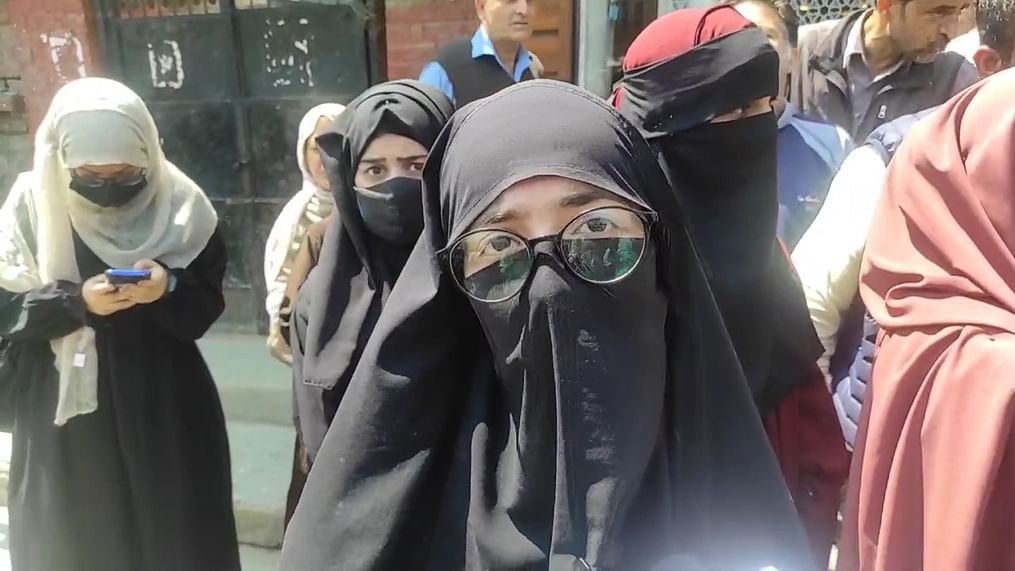Editor’s Column
Click the Play button to listen to article
Hijaab Conflict in India
The hijab conflict in India reflects a complex interplay of religious identity, cultural diversity, and constitutional principles. India, with its rich tapestry of religions and traditions, has witnessed debates and tensions surrounding the wearing of hijab in educational institutions.The roots of the hijab conflict can be traced to divergent interpretations of religious freedom and personal choice. India, being a secular democracy, upholds the right to freedom of religion as enshrined in its constitution. However, the conflict arises when religious practices intersect with institutional norms, particularly within the educational sphere.One facet of the hijab conflict involves the question of individual expression versus institutional uniformity. Educational institutions often enforce dress codes to maintain a sense of discipline and equality among students. In this context, conflicts arise when students, particularly Muslim girls, assert their right to wear the hijab as an integral part of their religious identity.Furthermore, the hijab conflict in India is embedded in broader socio-political dynamics. It is not merely a sartorial disagreement but a reflection of the larger discourse on religious pluralism and cultural coexistence. The pluralistic ethos of India, which celebrates its diverse heritage, sometimes clashes with the need for standardization within institutional frameworks.To address the hijab conflict in India, it is crucial to engage in open and empathetic dialogue. Educational institutions can play a pivotal role by fostering an environment that respects religious diversity while upholding the principles of unity and equality. Initiatives promoting cultural awareness, sensitivity training, and inclusive educational policies can bridge the gap between individual religious expression and institutional norms.

Encourage open and empathetic dialogue among students, educators, and administrators. Organize workshops and seminars to promote cultural awareness, fostering understanding about the significance of the hijab in Islam. This can help dispel stereotypes and create a more inclusive environment.
Advocate for inclusive educational policies that respect religious diversity. Institutions should revisit and revise dress codes, ensuring they accommodate the diverse religious practices of students while maintaining a sense of discipline and equality.
Courts play a crucial role in resolving conflicts related to religious attire. Establish clear legal frameworks that balance individual freedoms with institutional regulations. Judicial decisions should consider constitutional principles, human rights, and the unique cultural context of India.
Involve community leaders, religious scholars, and activists in the resolution process. Mediation forums can help facilitate discussions and find common ground, emphasizing the importance of coexistence and unity within the diverse fabric of Indian society.
Integrate diverse cultural and religious perspectives into the educational curriculum. This not only enriches the learning experience but also fosters a sense of appreciation and acceptance among students from different backgrounds.
Institute strict measures against discrimination based on religious attire. Ensure that students are not subjected to prejudice or bias due to their choice of clothing, promoting an environment where diversity is celebrated.


